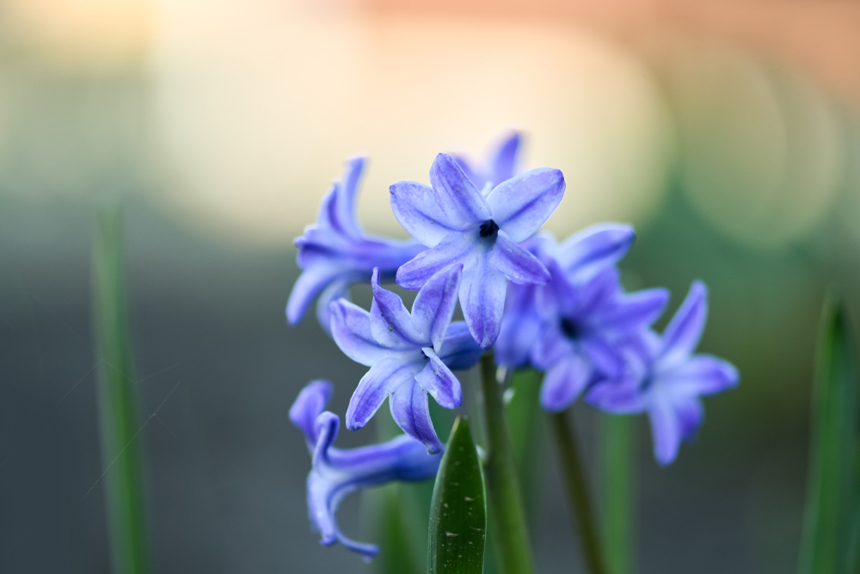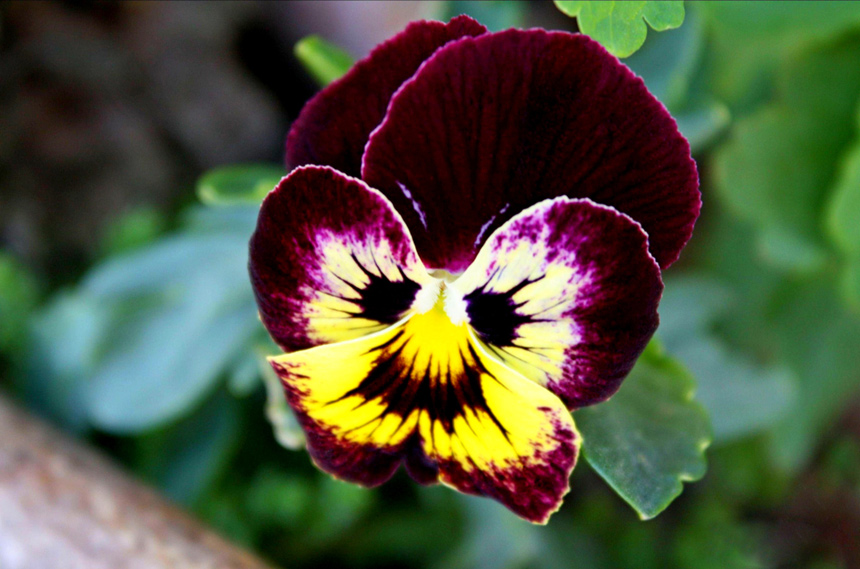Managing editor and logophile Andy Hollandbeck reveals the sometimes surprising roots of common English words and phrases. Remember: Etymology tells us where a word comes from, but not what it means today.
The warming spring means Mother Nature is bursting with new color from buds and blooms. Many of these flowering plants get their names from pretty unremarkable sources. For example, some were named after people, like the magnolia (after French botanist Pierre Magnol), freesia (German physician Friedrich H.T. Freese), and forsythia (British botanist William Forsyth). Others were named simply for the way they look: Bluebells, for example, are so called because their blooms are blue and bell-shaped.
But many of the flowers you’ll see this spring bear names of more surprising origins, some that go back millennia. Read on for a short anthology of the stories behind the names of some of the plants you might see blooming this spring.
Why an anthology? The word comes from Greek roots that mean “flower gathering.”
Daffodil
The Middle English affodill stretches back to the Greek asphodelos, a flower said to bloom eternally in the Elysian Fields, where the blessed reside after death in ancient Greek myth. Exactly where the word asphodelos came from, no one is sure.
During the 16th century, daffodil bulbs came to Britain from the Netherlands, and the flower likely got its modern name from the contraction of the Dutch de affodil.
Hyacinth
In ancient Greece, hyakinthos was the name of both a blue gemstone and a purple or red flower — though we’re not sure exactly which one. The creation of the flower, though, is explained in Greek mythology: Hyakinthos (or Hyacinthus) was a Spartan prince who was much loved by the god Apollo. One day, the two were throwing the discus around. Apollo gave it a really hard throw, and Hyakinthos, laughing, chased after it, but the discus struck him in the head and killed him. To honor him, a distraught Apollo caused a flower — the hyacinth —to spring up from the boy’s blood.
In another version of the story, the death isn’t accidental: Zephyr, the west wind, was also quite fond of Hyakinthos. In this story, he was jealous of Apollo’s relationship with the boy, and so Zephyr intentionally blew the discus off course, causing it to strike Hyakinthos in the head.
Hyakinthos entered Latin as hyacinthus, but in Medieval Latin became jacintus, and in Old French jacinte — which gave us the name of the reddish-orange gem called jacinth. But in the mid-16th century, the word was “re-Greeked” to become hyacinth for the name of the flower. However, the flower we call hyacinth today very likely not to be the same flower the ancient Greeks called hyakinthos.

Pansy
At the end of Act IV of Hamlet, Ophelia, who is losing her mind, comes in singing and handing out various plants she has collected outdoors: “There’s rosemary, that’s for remembrance; pray you, love, remember: and there is pansies, that’s for thoughts,” she says. Shakespeare’s connecting pansies and thoughts isn’t capricious; the word pansy comes from the French word for “thought,” pensée.
In Victorian England, where public displays of affection were taboo, pansies were exchanged as a secret sign of attraction. A young man might sneak a pansy in to a woman to indicate that he is thinking of her — in a romantic way. Some types of pansies are also called heart’s ease or love-in-idleness, calling to mind the idea of a young man pining away with thoughts of his love.
In German, on the other hand, the pansy is called Stiefmütterchen, meaning “little stepmother.”

Peony
People have long recognized the medicinal value of the peony and have used its roots, flowers, and seeds to ease pain. It made sense, then, to name the plant after the physician of the gods, Paean (or Paieon or Paion). Does it seem odd that the supposedly immortal and impervious Greek gods would need a physician? While your average human is no threat to the deities, they do occasionally injure one another. In the Iliad, Ares is wounded by the mortal Diomedes — with Athena’s help — and Paean is called upon to salve his divine wounds.
From this root came the Old North French name pione, which in the 16th century merged with the Middle English pyony to become the modern peony.
Tulip
Many of these flowering plant names come from Greek mythology. Tulips, both the flower and the name, come from the Mediterranean too, but a little farther east. This favorite flower of the Netherlands was introduced into Europe from Turkey, and it takes its name from the (Latinized) Turkish word for “turban,” tülbent, because of the flower’s resemblance to the headdress.
In Latin, the flower became tulipa. The word kept its full form when it entered Spanish (tulipan) and Italian (tulipano), but in English, the -an was dropped, probably under the assumption that it was a suffix, and so today we tiptoe through the tulips.

Become a Saturday Evening Post member and enjoy unlimited access. Subscribe now




Comments
This is such a great feature Andy, that I’m overwhelmed. I’ll stick with the Pansies and Tulips for now. I don’t know if I see a pensive young lover or a little stepmother here. I think I see my ‘would be’ mother-in-law here, minus her dreadful cigarette!
On the Tulips, I like the connection with turbans, especially when a beautiful woman (like Lana Turner) wears one. They look fantastic. Otherwise, I’ve got Tiny Tim’s ‘Laugh-In’ song in my head now. Isn’t it great? 🙂